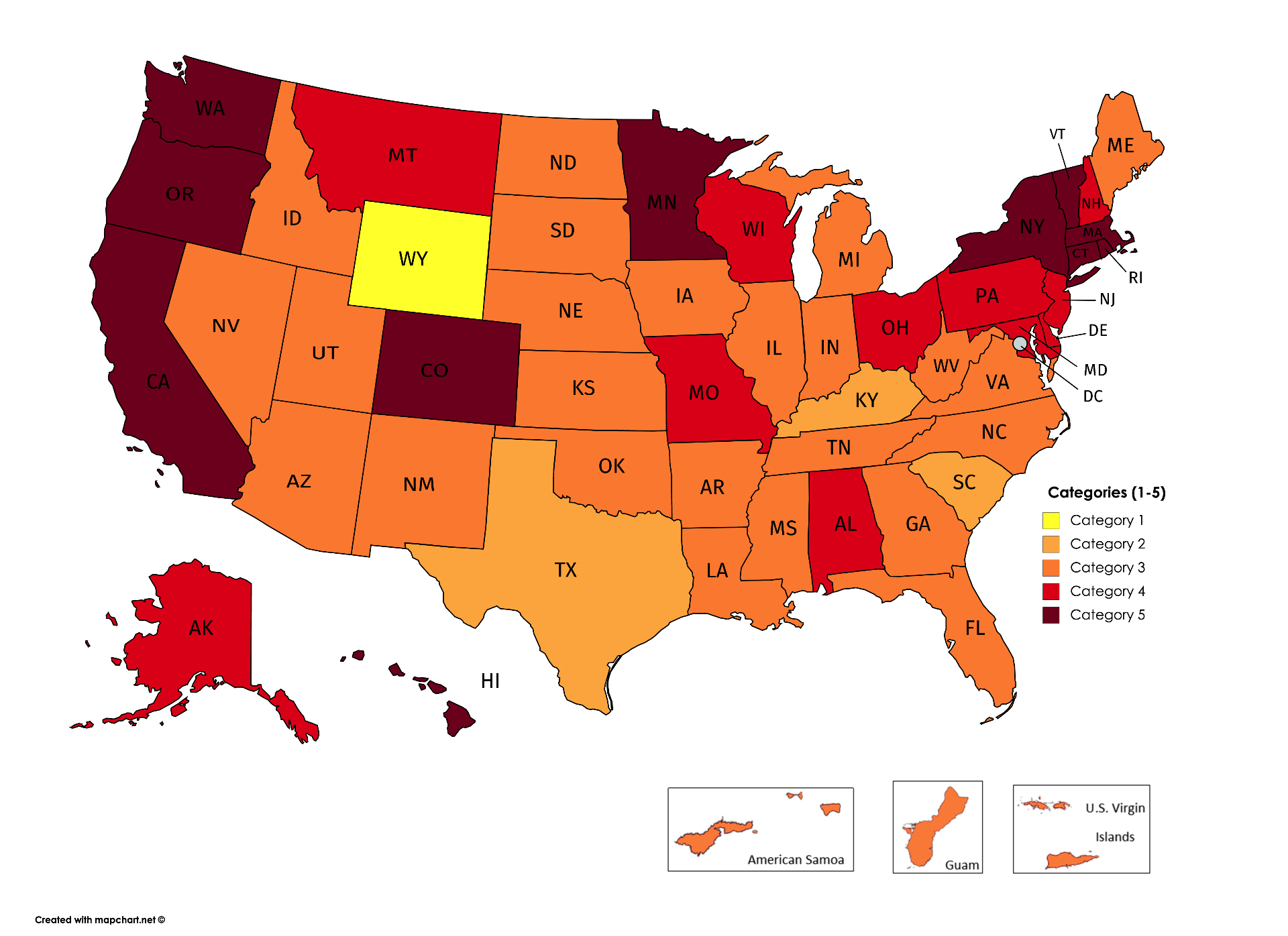By Michael B. Gerrard
Despite the Paris Climate Agreement, the seas will continue to rise, coastlines around the world will recede, and many low-lying islands will disappear. This could cause the exclusive economic zones of the small island states to shrink or disappear if international law allows maritime boundaries to move. This note argues that, as a matter of climate justice, these boundaries should be fixed.
The Paris Climate Agreement of December 2015 set an international goal of keeping the rise in global average temperatures to well below 2°C (3.6°F) above pre-industrial conditions, with an effort to keep the rise as close as possible to1.5°C. However, the voluntary pledges that each country made in Paris, the Intended Nationally Determined Contributions, would take us to a world over 3°C – a calamitous situation. Recognizing the deficiencies of the pledges, the Paris parties also agreed to a “stocktake” mechanism in which the pledges would be periodically reevaluated and, hopefully, strengthened.
Little in the experience of the United Nations climate process leads to confidence that the climate action of many countries, especially the large economies, will exceed their pledges and become stronger. Indeed, already most countries are not on track even to meet their Paris pledges. The United States government has said it will withdraw from the Paris Agreement altogether, though legally this withdrawal could not become effective until November 2020. But meanwhile the U.S. is in the process of cancelling its most important measures to meet its pledges – the Clean Power Plan and the motor vehicle greenhouse gas standards.
So there is a significant chance that by the end of this century, the world will be well above 3°C, and it might be 4°C or even higher. This would be a world similar to the Intergovernmental Panel on Climate Change’s (IPCC’s) Representative Concentration Pathway (RCP) 8.5, in which the mean temperature increase in 2081-2100 is 3.7°C, with a likely range 2.6 to 4.8°C.
The IPCC Fifth Assessment Report – Synthesis Report (2015) calculated that a mean rise in sea levels in 2081-2100 under RCP 8.5 would be 0.63 meters, with a likely range of 0.45 – 0.82 maters [Table 2.1]. However, this was based on studies that were performed several years earlier, and did not reflect more recent findings that melting in the West Antarctic ice sheet and Greenland is considerably higher than previously thought. In all, two meters of sea level rise is entirely possible by 2100.
The most recent definitive examination of the latest science on climate impacts is the Fourth National Climate Assessment, released by the United States in November 2018. https://science2017.globalchange.gov/chapter/12/#section-5
Its chapter on Hawaii and the Pacific islands indicated (p. 1260) that “sea level could rise by as much as 1 foot by 2050 and by as much as 4 feet by 2100. Emerging science suggests that, for the Extreme sea level rise scenario, sea level rise of more than 8 feet by 2100 is physically possible.” The report adds (p. 1262) that “owing to global gravitational effects, sea level rise will disproportionately affect the tropical Pacific and potentially exceed the global average,” and that parts of the region are likely to experience the highest rates of sea level rise on the planet.
This will cause many severe problems – drought, saltwater intrusion, extreme heat, loss of biodiversity, loss of food supplies, bleaching of coral reefs and corresponding degradation of the marine environment and loss of fish life, forced migration of populations – but my focus here is on maritime boundaries.
The atoll nations have an elevation of around two meters. Thus some of their islands may be submerged by the end of the century, and more will become uninhabitable. For other small island states, their coastlines will recede considerably.
If that means their coastal baselines also recede, so will their exclusive economic zones (EEZs).
Coastal states have the right to explore and exploit living and non-living natural resources in their EEZs. This includes fishing, minerals, and energy resources (both fossil and renewable, such as winds and ocean currents). Many of these states rely heavily on income from the fishing and other economic activity in their EEZs. If their EEZs shrink because of changing maritime boundaries, their sources of income will also shrink. This will be happening at a time when these states are experiencing many other physical and economic hardships.
The time may well come when some of these states are submerged entirely or at least uninhabitable, and their populations dispersed. This raises unprecedented problems of state sovereignty, of migration, of cultural survival, and many other issues.
The small island states and other least developed countries have been demanding loss and damage compensation for what they endure as a result of climate change. There are ongoing discussions as part of the Warsaw International Mechanism under the UNFCCC. However, no country that would supply the funds has stepped forward, and I believe there is little prospect that many will, given the world political situation.
Income from the EEZs could become one of the few sources of funds that may be available for these most severely affected states.
As a matter of climate justice, the maritime boundaries should be fixed, so that the small island states will retain their EEZs and their ability to generate income. In an era when these states are suffering grievously from the multiple adverse impacts of climate change, a phenomenon that because of their very low emissions they did almost nothing to cause, their misfortune should not be made worse by the loss of their EEZs. Their maritime zones are one bit of property that can be preserved automatically by international law alone, not requiring the actions of multiple nations to reduce their greenhouse gas emissions or otherwise alter their own behavior.
If the maritime boundaries do migrate, they will be migrating constantly. Sea levels will continue rising throughout this century, and the next, and for centuries to come, given the dynamics of the climate system and the persistence of greenhouse gases in the atmosphere. So the world’s maritime boundaries would be in a state of constant flux, leading to continuing international conflict – hopefully peaceful – over the status of particular waters. This is another reason why maritime boundaries should be fixed.
Many states have registered their baselines with the Secretary General in accordance with the 1982 Law of the Sea Convention. This practice should be encouraged and those coastal states that have not done so should undertake the surveys necessary to do it. The International Law Association in 2018 endorsed the recommendation of its Committee on International Law and Sea Level Rise that duly determined baselines “should not be required to be recalculated should sea level change affect the geographical locality of the coastline.” I believe this is a sound recommendation and should be followed.



